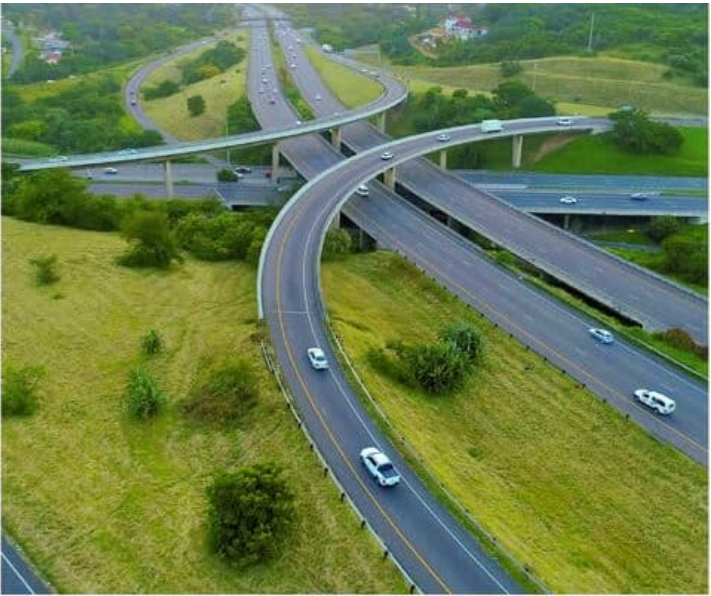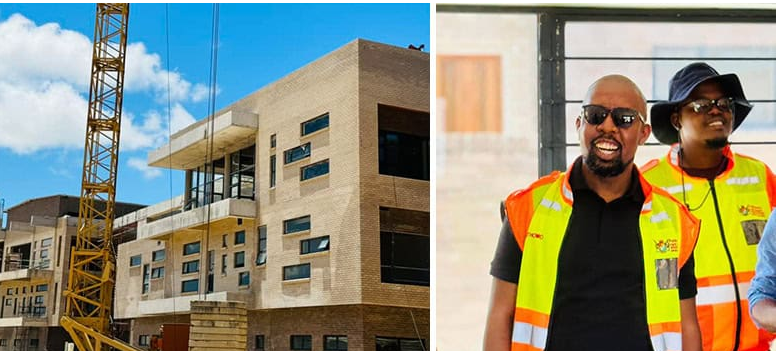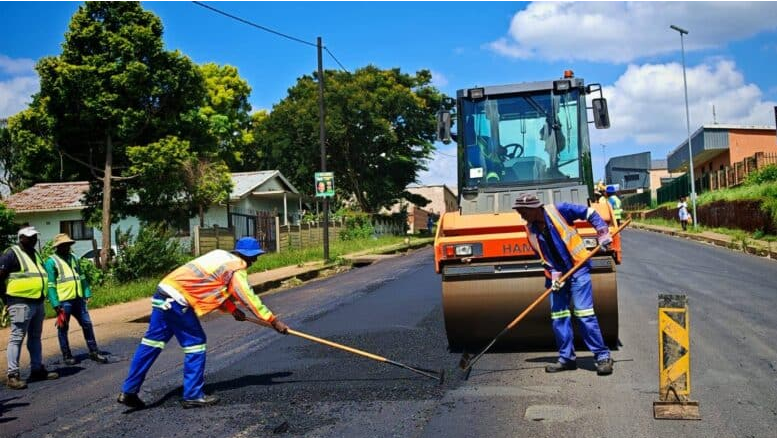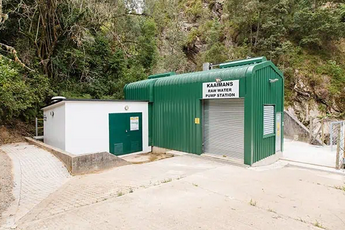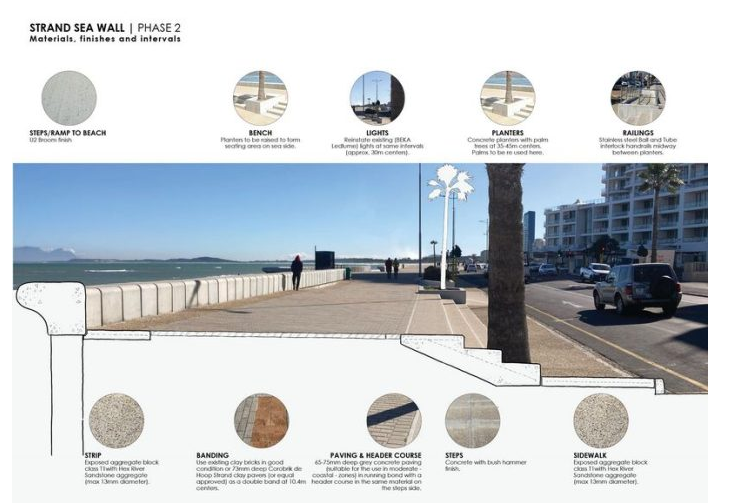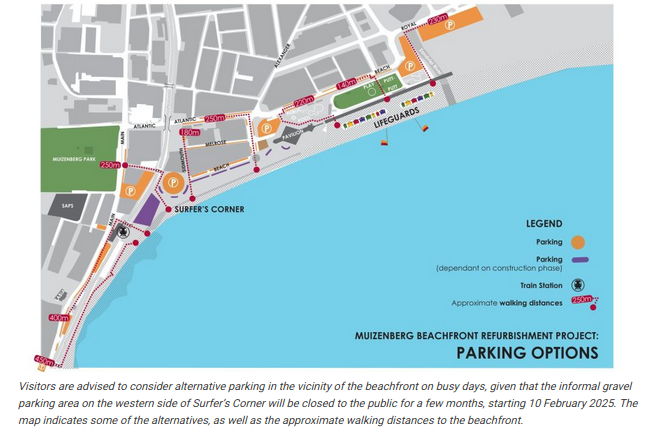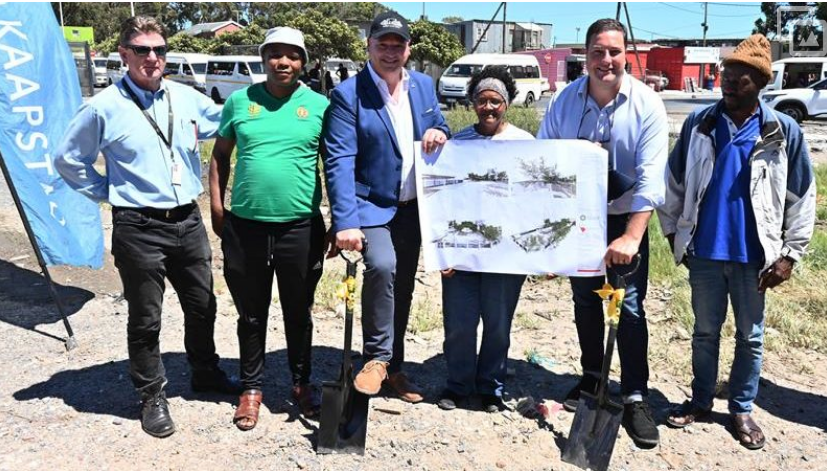Gauteng sees exponential rise in infections and deaths – but most new hospital beds still not ready

Advertising
13-01-2021
Read : 303 times
Daily Maverick
Source
At a media briefing by Premier David Makhura on Tuesday the latest statistics for Covid-19 in Gauteng showed a predictable but alarming rise in new infections and deaths.
Hospital admissions have risen three times to reach 4,128 today (1,341 in the public sector, 2,787 in the private sector);
In the week of 4-10 January there were 433 Covid-19-related deaths;
220 people are on ventilators and 384 on oxygen;
There are more than 50,000 active cases.
All these numbers are still rising and the peak is projected to be “65% higher than the first wave”. Once more Gauteng is in a state of disaster, and in danger of being overwhelmed.
For good reason, Makhura spent a large part of the briefing talking about bed availability. He reported that since June 2020 Gauteng has created 2,419 new critical-care and general-wards beds. He talked up the province’s plans to bring a further 775 beds on stream in January and February.
“We have better capacity to face the second wave than we had in the first,” he said.
And yet the reality patients and health workers report on the ground seems to continue to contradict these assertions.
Based on how much money it has spent – and contracted to spend – on building new ICU hospitals and upgrading old ones, the Gauteng Health Department should by now have been ready for the surge of patients during the second wave.
But it isn’t. Far from it, in fact.
Why are we still behind the curve?
In 2020, Maverick Citizen reported extensively on the building of four ICU field hospitals using alternative building technology (ABT) chosen by the province. The new hospitals – at Chris Hani Baragwanath, George Mukhari, Jubilee and Kopanong hospitals – were supposed to provide an additional 1,400 beds, but became shrouded in questions and possible corruption.
The Office of the Auditor General of SA (AGSA), for example, in its second report on Covid-19 expenditure, released on 11 December, found that despite protestations to the contrary by MEC for infrastructure development Tasneem Motara, proper tender processes were not followed.
The report says “standard bid documentation was not included in the procurement documents provided” and that there were “unfair procurement processes as bids were not invited, bid committee system not applied, and/or no evidence provided for a bid committee system in the approval of deviations”.
The AGSA also declared that “emergency procurement awards totalling R584,14-million were made to suppliers [by Gauteng Department of Infrastructure Development (DID)] who did not submit declaration of interest forms when submitting quotations, contrary to Treasury regulations”.
Makhura told the briefing the report is being “considered” and will be acted on.
(Disappointedly, the AGSA’s audit seems to have stopped there: no visits have yet been made to the field hospitals (other than Nasrec), and no assessment of “implementation and commissioning” or “controls over payments” (which are substantial).
Also in early December, Gauteng’s fourth expenditure disclosure report (available here) was published, covering all expenditure incurred in October 2020. However, again the report seems remarkable for what it does not disclose: out of a total new expenditure by the province of R384-million, only R14-million is attributed to the Department of Health and R88m to the DID (and most of that apparently on “fumigation services” which seem to have become the new cash cow).
Strangely, expenditure on the half-complete ABT hospitals (recorded as being R365-million out of a contracted R1,2bn by August) appears to have dried up.
Waiting in vain
In a press conference on 27 November 2020 Makhura warned against a second wave likely to occur in late January or February. However, he didn’t budget for the new, more transmissible variant. As a result the second wave arrived sooner and much larger than anticipated, once again putting enormous pressure on hospital beds.
In this context this week we resumed our investigation and found that despite Makhura’s boasts, progress in the hospital build programme remains far from satisfactory.
Provincial Health Department spokesperson Kwara Kekana responded to Maverick Citizen on 8 January: “Jubilee Hospital ABT has 95 beds currently in use; facility has equipment but limited human resources.
“Chris Hani Baragwanath Hospital has 300 beds ready with equipment, but no human resource for the facility.”
Confirming this, one doctor told us that “I was speaking to the people that did the Bara ABT three days ago. They now concede that the whole project was ill-conceived. They have no budget for physical beds and equipment for Bara’s 500 beds.”
In addition, Kekana reported that “Kopanong ABT has not been handed to [the provincial Health Department] by the DID” and is therefore not in operation. However, “equipment is already procured for the facility, some is already delivered, but no human resource at this stage”.
Significantly, Makhura told the briefing that the building at Kopanong Hospital had “ground to a halt” and that the provincial government is instituting legal action on matters pertaining to the contract.
No information was provided about Dr George Mukhari Academic Hospital, but according to Dr Nathi Mdladla, the chief intensivist at the hospital, the field ICU unit there “is 75% complete according to the information gleaned during the exco and clinical HOD’s walkabout this week” and is “most likely to be handed over in March”.
However, Mdladla warned that “staffing will be an issue. We are currently struggling to staff our usual beds… we have one ICU nurse for 20 admitted Covid patients (typically five to eight require ICU care). We won’t be able to staff a 300-bed structure as well.”
In his presentation Makhura appealed that we all pull together and said repeatedly there is “no room for politics.” He’s right and he deserves full support. This is a matter of life and death for many. But pulling together also requires transparency, honesty and accountability. This may be improving, but the province still needs to work on it.
DM/MC
Recent News
Here are recent news articles from the Building and Construction Industry.
Have you signed up for your free copy yet?
